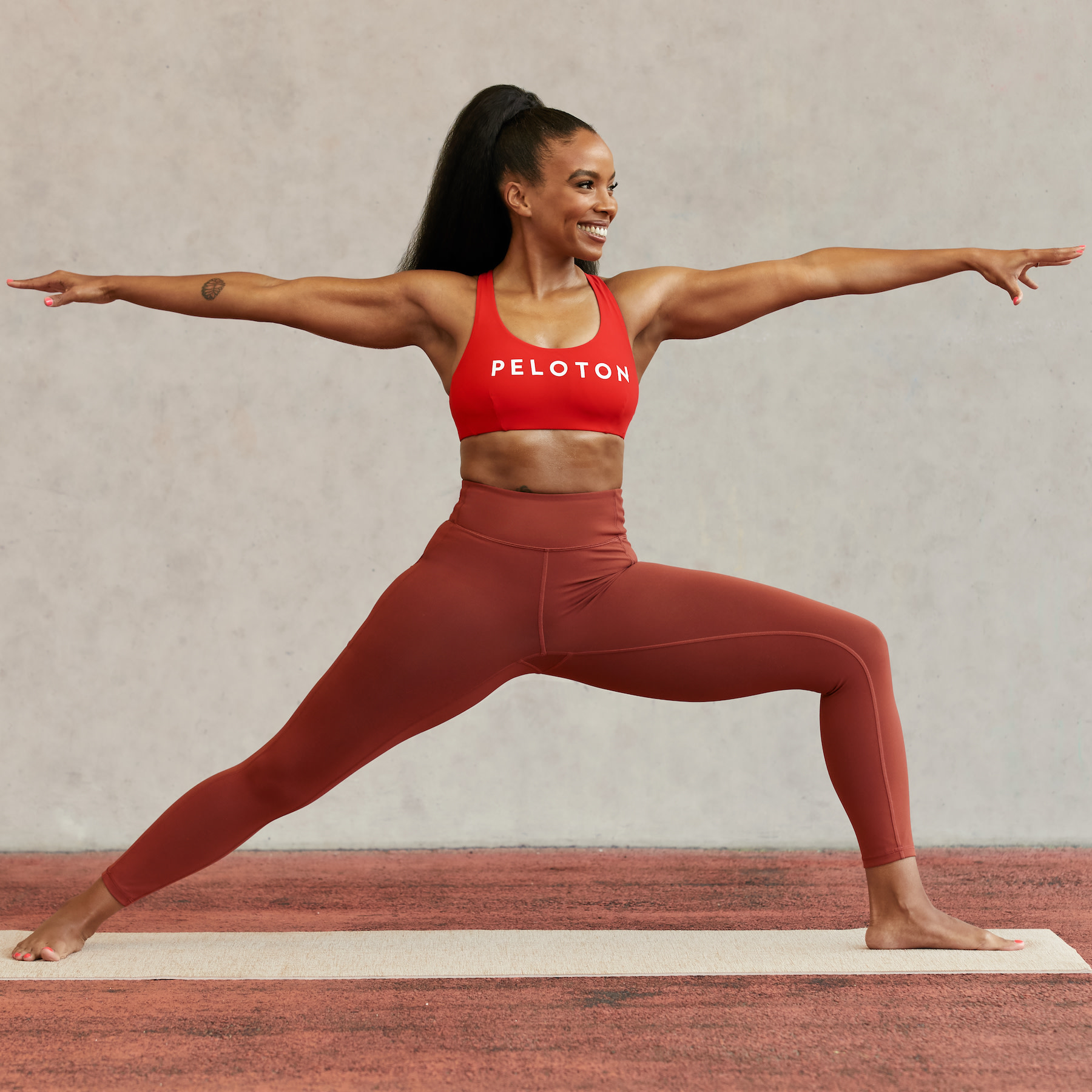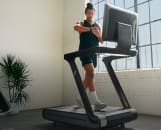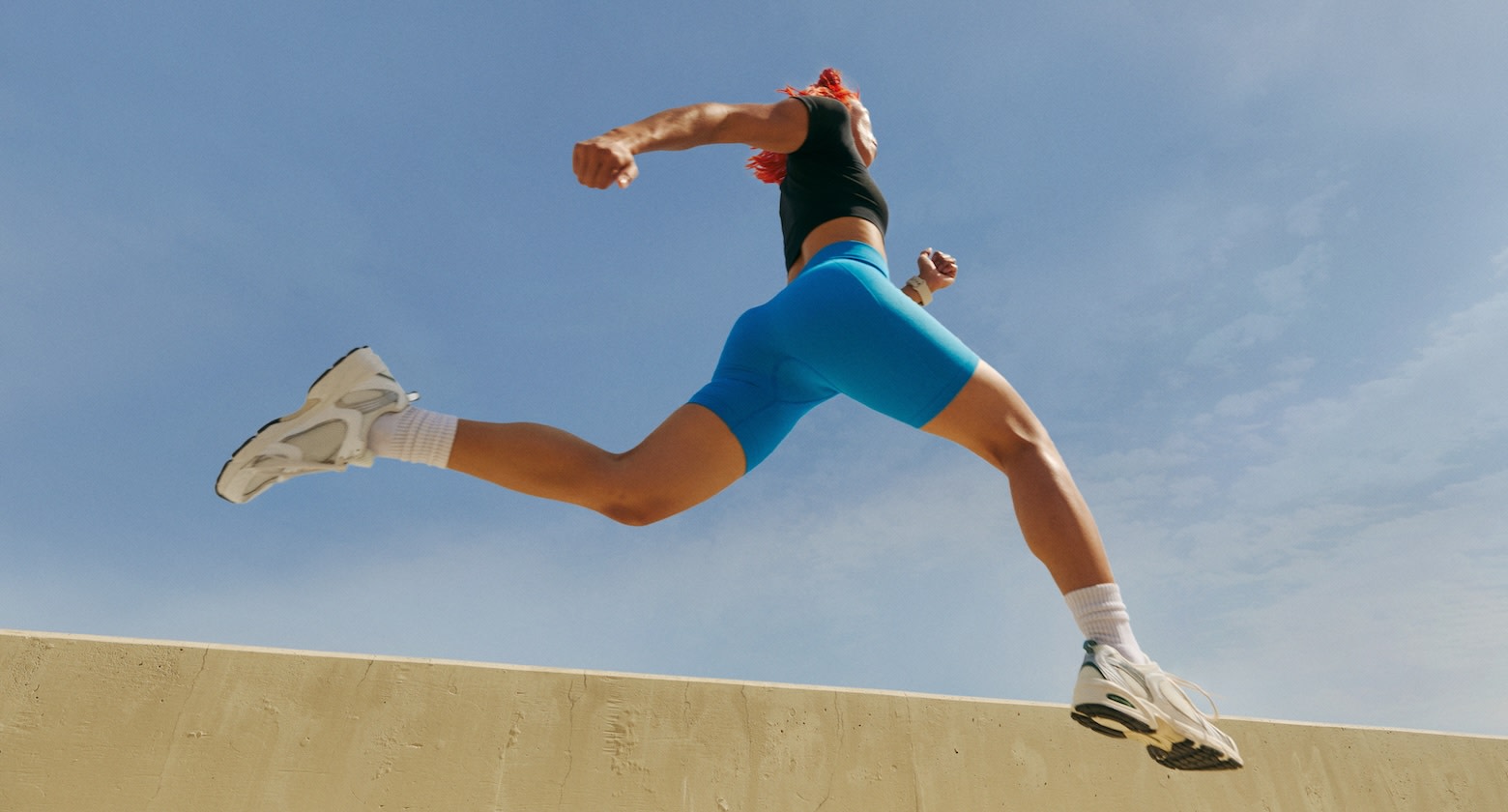What You Need to Know About Power Yoga
What Makes Power Yoga Different?
Can Beginners Practice Power Yoga?
Is Power Yoga Considered Good Exercise?
What Are the Benefits of Power Yoga?
Power Flow Yoga Inspiration and Poses
Getting Started With Power Yoga
We get it—sometimes you’re looking for a vigorous and sweaty yoga class that will leave you pumped up. Consider power yoga, which has taken the fitness world by storm in recent years. It’s much more intense, strenuous, and dynamic than other forms of yoga.
Power yoga is just one of many different types of yoga designed to improve your overall health and fitness. In fact, the term “yoga” includes so many different varieties of the form that it’s important to do a little research and experimentation to find the type of yoga you enjoy best.
Power yoga is fast becoming a popular choice among fitness buffs and yogis who want to take their practice to the next level. You might even consider it part of the natural evolution of yoga. Power yoga is frequently used by anyone looking for a more comprehensive, whole-body cardio and strength-building workout.
Read on for everything you need to know about this popular style of yoga.
What You Need to Know About Power Yoga
To best understand power yoga, let’s put it into context.
Hatha yoga is one of the most popular types of yoga in the US—it’s what you might conjure up in your mind when you think of the word “yoga”: moving slowly, holding a particular pose, then taking a break or relaxing before the next pose. The focus of hatha yoga is balance and harmony, and many find it a meditative, or inward-attuned type of practice. It’s also the perfect place to start if you’re new to yoga.
Hatha yoga is also one of the main branches of yoga, under which other popular yoga forms may be categorized, including:
Vinyasa yoga (aka “flow”): Your body moves in rhythm with your breathing, and at a slow pace. A cat-cow stretch, with an inhale as you move into cat and an exhale as you move into cow, is a good example of the flow of Vinyasa. This type of yoga is considered very calming.
Ashtangayoga: A specific set of poses that are performed in alignment with your breathing – but performed or held in a manner that is more athletic and rigorous than Vinyasa. An Ashtanga practice will follow a routine order every time, which can get a little repetitive and boring the more often you do it.
Power yoga: This style combines the athletics of Ashtanga with the flow of Vinyasa. Power yoga practice can include almost any yoga pose, put together in sequences designed to build strength and endurance. This is accomplished through challenging positions that you either repeatedly move through quickly (increasing heart rate and targeting certain muscle groups) or hold for a longer time than usual (building muscle strength and endurance).
Because both Ashtanga and power yoga are performed in a more active and rigorous manner, these styles of yoga require more patience, discipline, and a good baseline fitness level. You can definitely plan on working hard and sweating.
According to a 2021 survey of more than 10,000 people from around the world, power yoga is now the third-most practiced form of yoga, after the more traditional, slow-paced movements of Hatha and Vinyasa.
What Makes Power Yoga Different?
There is a lot of variability when it comes to power yoga, which may be part of its appeal. The poses and pace of a power class will vary dramatically, depending on your instructor. Power yoga also doesn’t follow a fixed sequence of poses or movements like Ashtanga. Because of this, a power yoga class could be created to target certain areas of the body, such as the lower body or core. Power yoga may also be done in a heated room or not; when performed hot, it can help loosen your muscles and detox your body through additional sweating.
Power yoga is noticeably different from Hatha and Vinyasa because it’s more strenuous and faster-paced. In addition to being less rigid and repetitive than Ashtanga yoga, power yoga uses a variety of techniques to build strength and endurance. For example, you might stay in a plank for several breaths during power yoga instead of simply flowing through the plank.
Can Beginners Practice Power Yoga?
Because power yoga requires you to move through and hold challenging yoga positions, it is important that you already have some baseline strength before joining a class. It doesn’t hurt to also have a basic understanding of the standard yoga poses and Vinyasa flows because the classes move at a faster pace. For these reasons, it’s often not recommended for beginners. In addition, if you are pregnant, have certain chronic medical conditions (heart disease, diabetes, arthritis, etc.), talk to your doctor before starting power yoga.
Is Power Yoga Considered Good Exercise?
Power yoga is incredibly good exercise as it is aerobic and rigorous. Through quick movements and long holds, power yoga is designed to increase your heart rate, strengthen your muscles and build endurance, as well as improve your flexibility and balance.
The cardio benefits of power yoga come from an increased heart rate. A 2018 study revealed that participant heart rates remained most often in the moderate and vigorous zones during a 45-minute power yoga class – exactly what you want if you’re looking to burn calories and tone muscles.
Does power yoga burn more calories? Indeed, it does. According to the American Council on Exercise, researchers found that 50 minutes of Hatha-style yoga burns 144 calories, whereas power yoga burns 237 calories. Other sources note significantly higher calorie burns for power yoga. Take all of that with a grain of salt, however. Different bodies burn calories at different rates due to body weight, genetics, metabolism and more, but in general, the quicker movements and higher heart rate associated with power yoga translates to a greater calorie burn.
Let’s not forget that practicing any type of yoga is good for you. A study published in the International Journal of Yoga concluded that engaging in 1 hour of yoga per day for a month provided a significant reduction in both blood pressure and body mass index (BMI) for research participants.
What Are the Benefits of Power Yoga?
The health benefits of power yoga abound. Moderate aerobic activity—the U.S. Department of Health and Human Services recommends 2.5 hours a week—such as power yoga offer numerous benefits, including that it:
Relieves stress. Regular aerobic activity reduces levels of stress hormones (cortisol) in your body, as well as triggers biochemicals that relieve physical pain and elevate your mood. It’s not uncommon for people practicing power yoga to report feeling invigorated and elated after class.
Lifts immune system function. You get a nice little boost, in the form of increased immune cell circulation, with regular moderate-intensity workouts such as power yoga.
Improves sleep. Engaging in a good all-over exercise routine can help your body relax enough by the end of the day so that you can get a good night’s sleep.
Strengthens bones. Because a good deal of power yoga is weight-bearing, it can help make your bones stronger and help reduce your risk of developing osteoporosis.
Increases lung capacity. The cardio provided by power yoga can increase how much and how completely you can fill your lungs with air.
Power Flow Yoga Inspiration and Poses
Power yoga incorporates a wide range of well-known yoga poses, including child’s pose, sun salutations, downward-facing dog, and warrior, pigeon, locust, camel, and boat poses.
It’s important to note that the same pose may be used in multiple styles of yoga. For example, you may be carrying out a downward-facing dog in Hatha, Vinyasa, Ashtanga, and power yoga (among others). However, when the pose is used in a power yoga session, the emphasis is on fluid movement guided by your breathing, along with muscle- and endurance-building techniques, such as quick repetitions or holding a pose for longer than is typical.Also, the poses selected may be more complex or difficult than usual.
The following are a few power yoga poses to try. Make sure to perform at least 5 minutes of warm-ups and stretching before trying any of the below suggested movements.
Chaturanga

Start in a plank on palms, shoulders over wrists, feet hips-width apart.
Shift forward in plank, coming to the top of your toes.
Draw chest upwards as you squeeze triceps into sides and bend elbows straight back, bringing upper arms parallel to floor.
Continue into Upward Dog by rolling over the top of your toes and straightening arms, pulling chest through your arms and gazing upwards.
Vasisthasana (Side Plank)
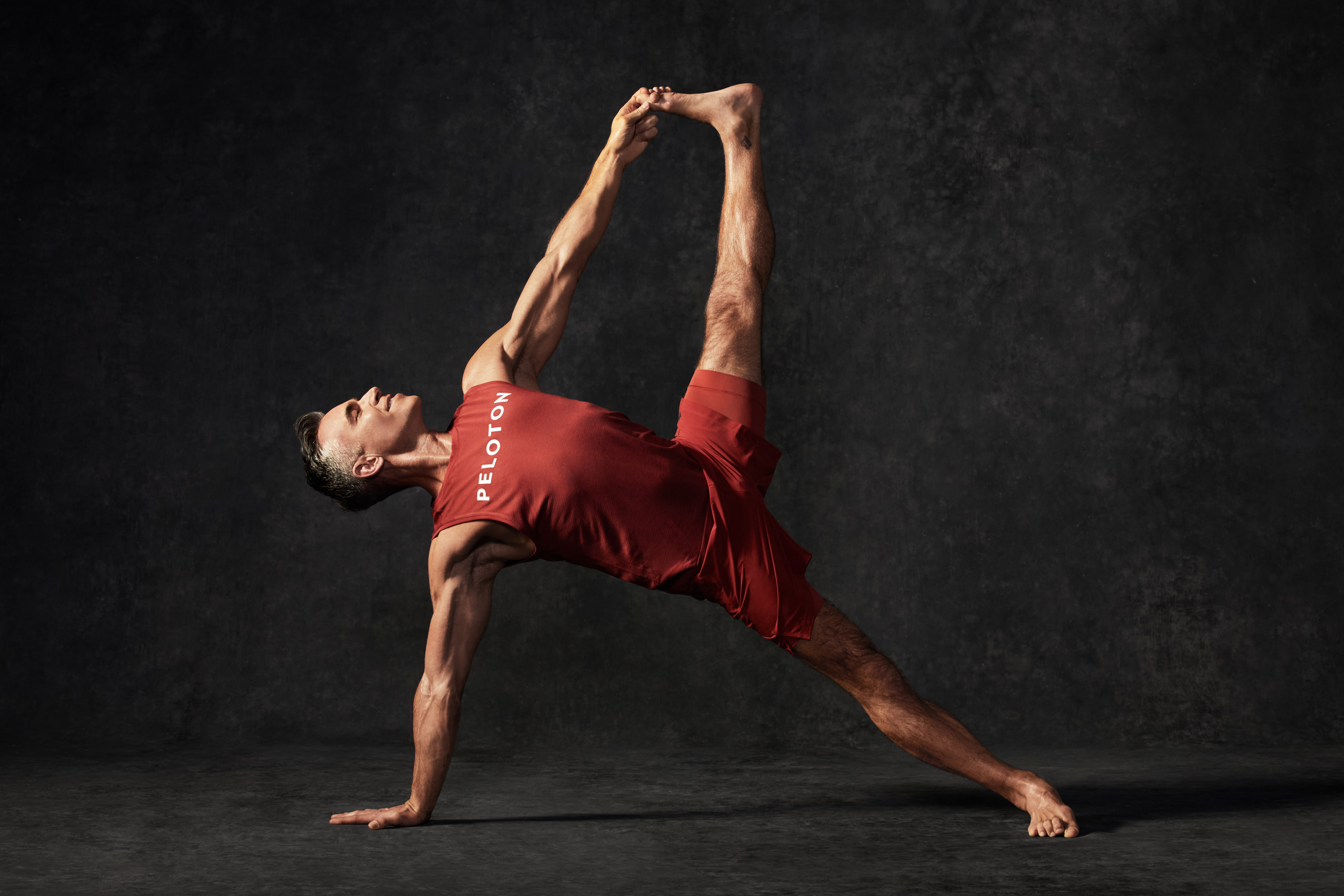
Start in a plank on palms, shoulders over wrists.
Shift weight into one hand as you open your chest out to the side and stack the feet. The top arm should be in line with the bottom arm.
Lift up through the hips to maintain a straight line.
Gaze up towards your top hand. To increase the challenge, extend top leg up (pictured,) and grasp big toe with first two fingers.
Knee to Nose

Start in Downward Facing Dog, hands and heels pressing firmly into the ground.
Raise one leg up towards the ceiling, keeping hip squared.
Transfer weight into your hands, coming into a plank position as you drive knee of top leg towards nose.
Return to Downward Dog.
Crescent Lunge
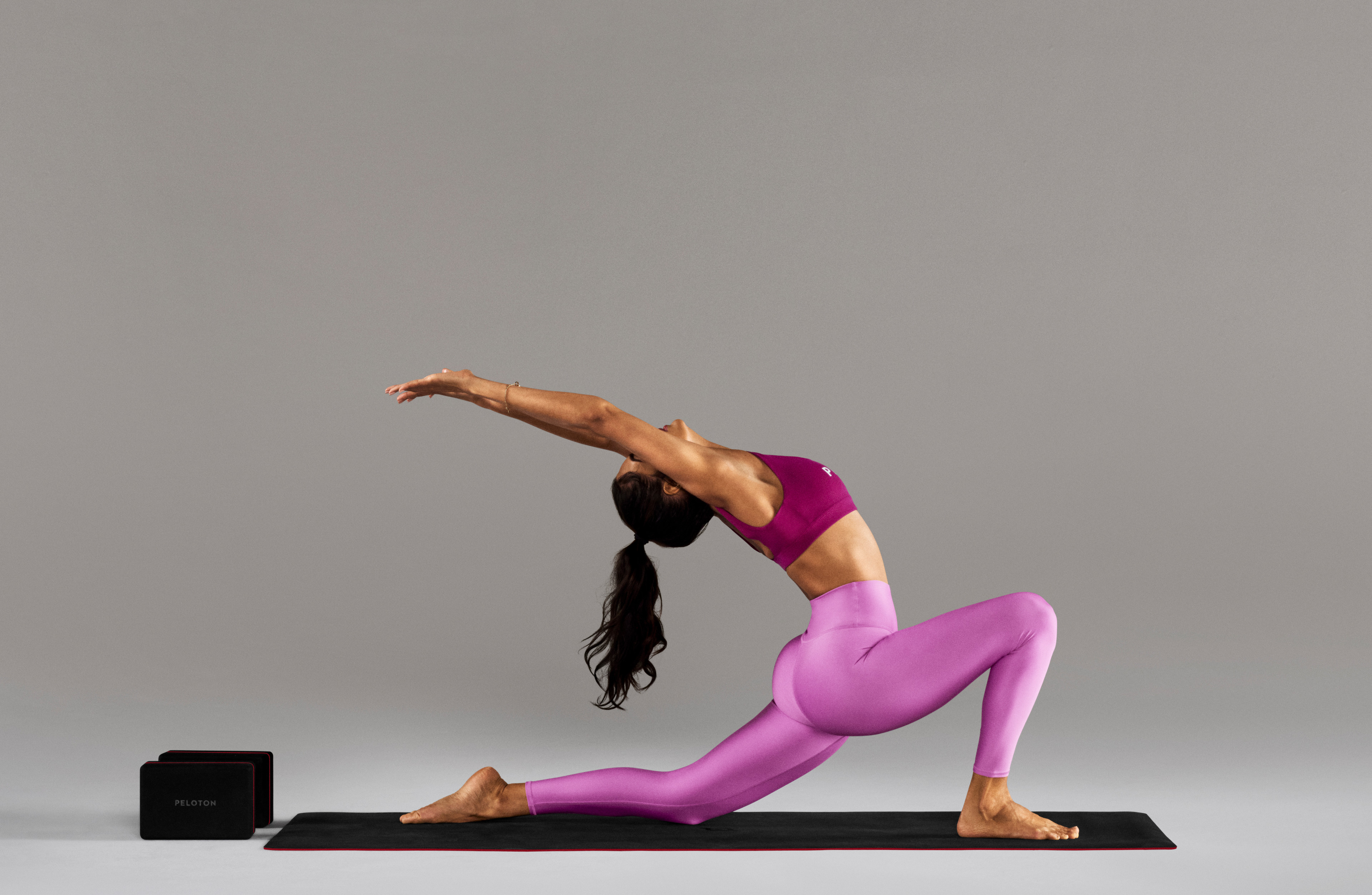
From standing, step your left leg back into a lunge, keeping the ball of your foot on the mat. Press your left knee downward, and make sure your right knee is at a 90-degree angle over your ankle and that it does not extend past your right foot.
Keeping your shoulders relaxed and tailbone tucked in, reach straight up with both arms, palms facing one another, and fingers and thumbs pointed upward. Your back should naturally arch slightly, and your head should be gently tilted upward. At the same time, you will come up on the toes of your left foot.
Hold the position for 1 minute, continuing to reach up. Inhale as you raise your arms and continue to breathe during the hold. Switch sides; repeat.
Getting Started With Power Yoga
The strength-based, calorie-burning fitness routine known as power yoga is waiting for you. This fitness-style yoga is nothing like the gentle stretches or meditations you’ve associated with traditional yoga. It’s dynamic, energetic and rigorous. And, in return for working hard and sweating, you will be rewarded with better cardiovascular health, stronger muscles, and greater endurance.
This content is for informational and educational purposes only and does not constitute individualized advice. It is not intended to replace professional medical evaluation, diagnosis, or treatment. Seek the advice of your physician for questions you may have regarding your health or a medical condition. If you are having a medical emergency, call your physician or 911 immediately.
Level up your inbox.
Subscribe for a weekly dose of fitness, plus the latest promos, launches, and events.
By providing your email address, you agree to receive marketing communications from Peloton.
For more about how we use your information, see our Privacy Policy.
